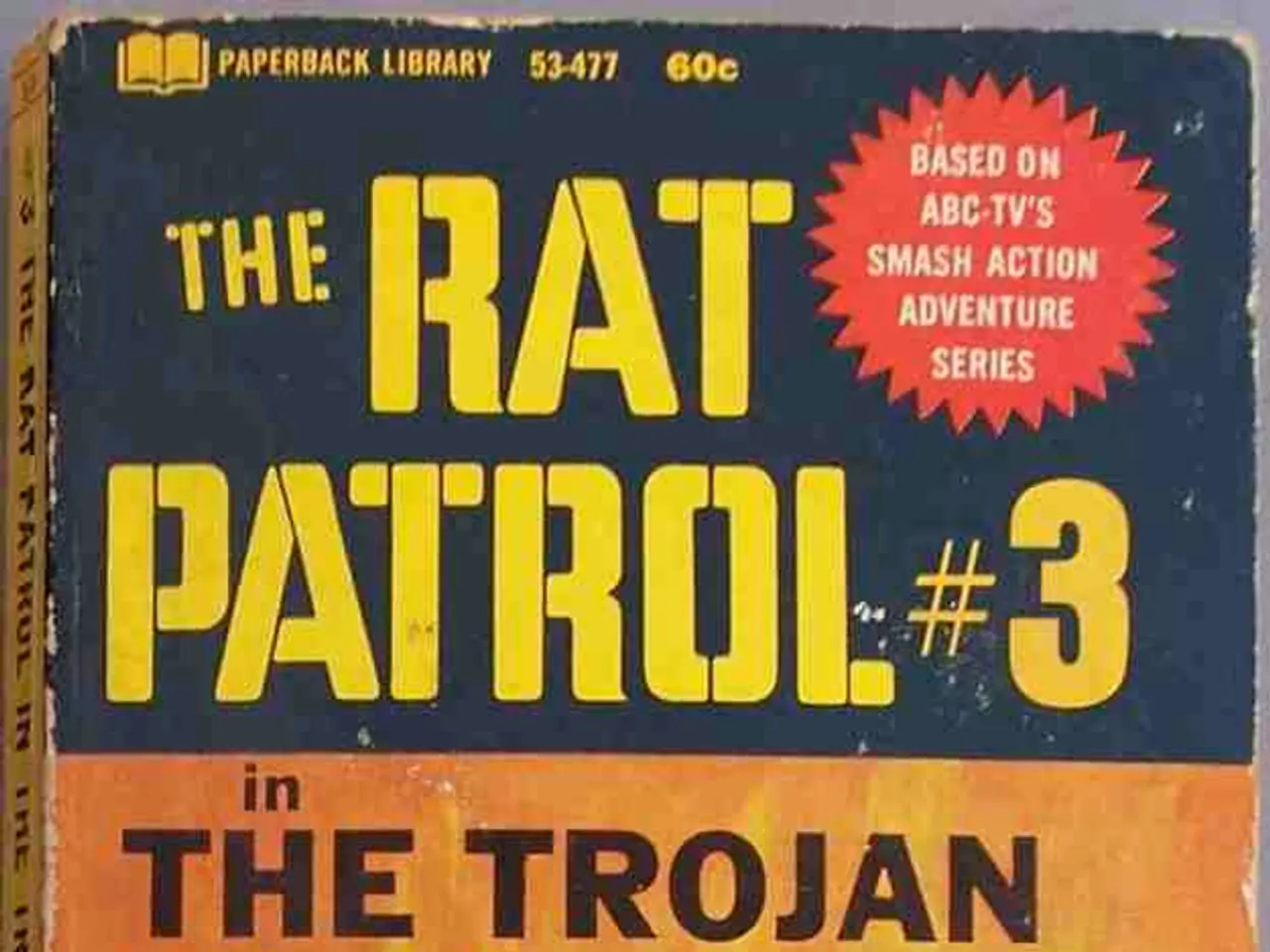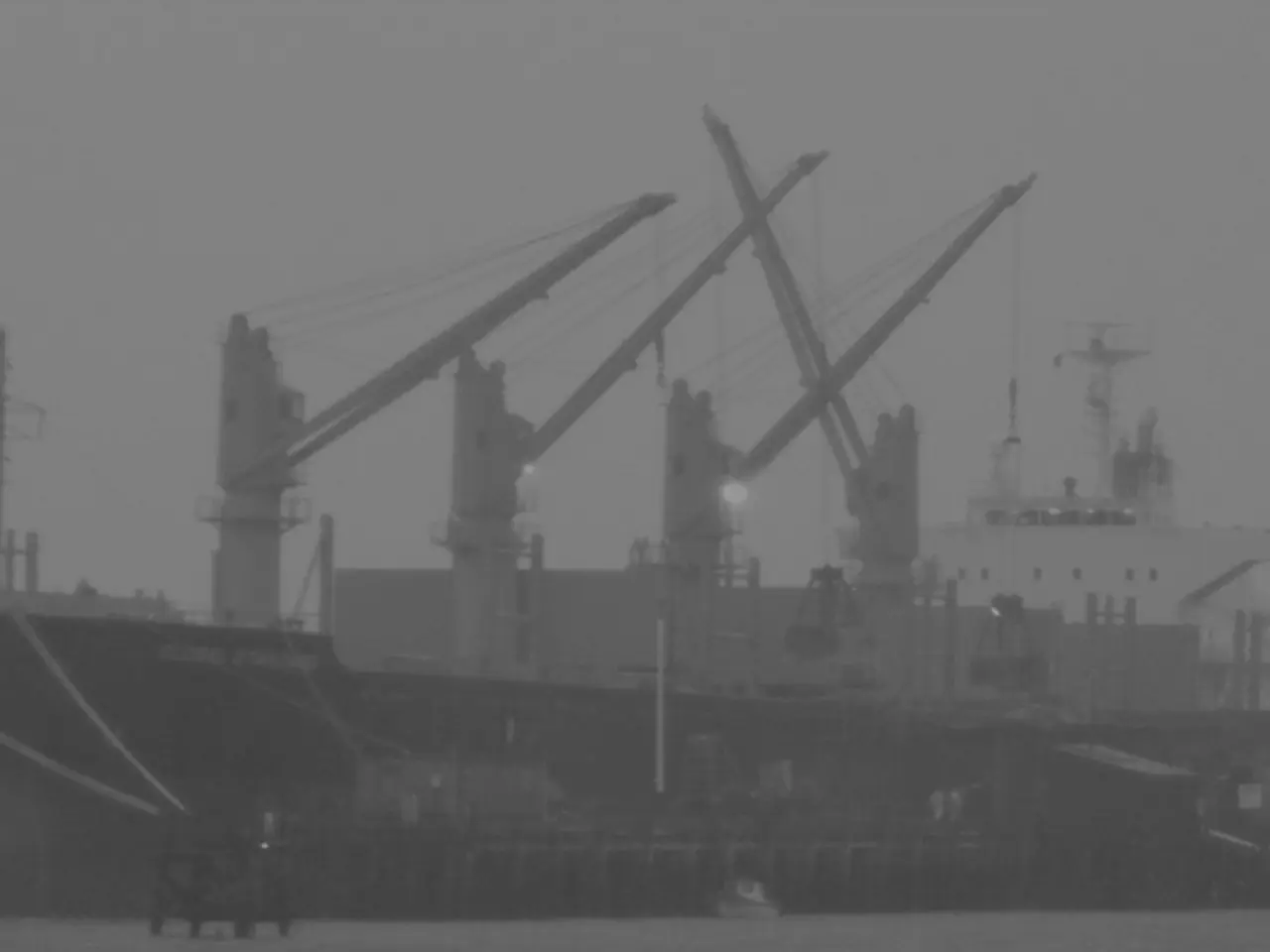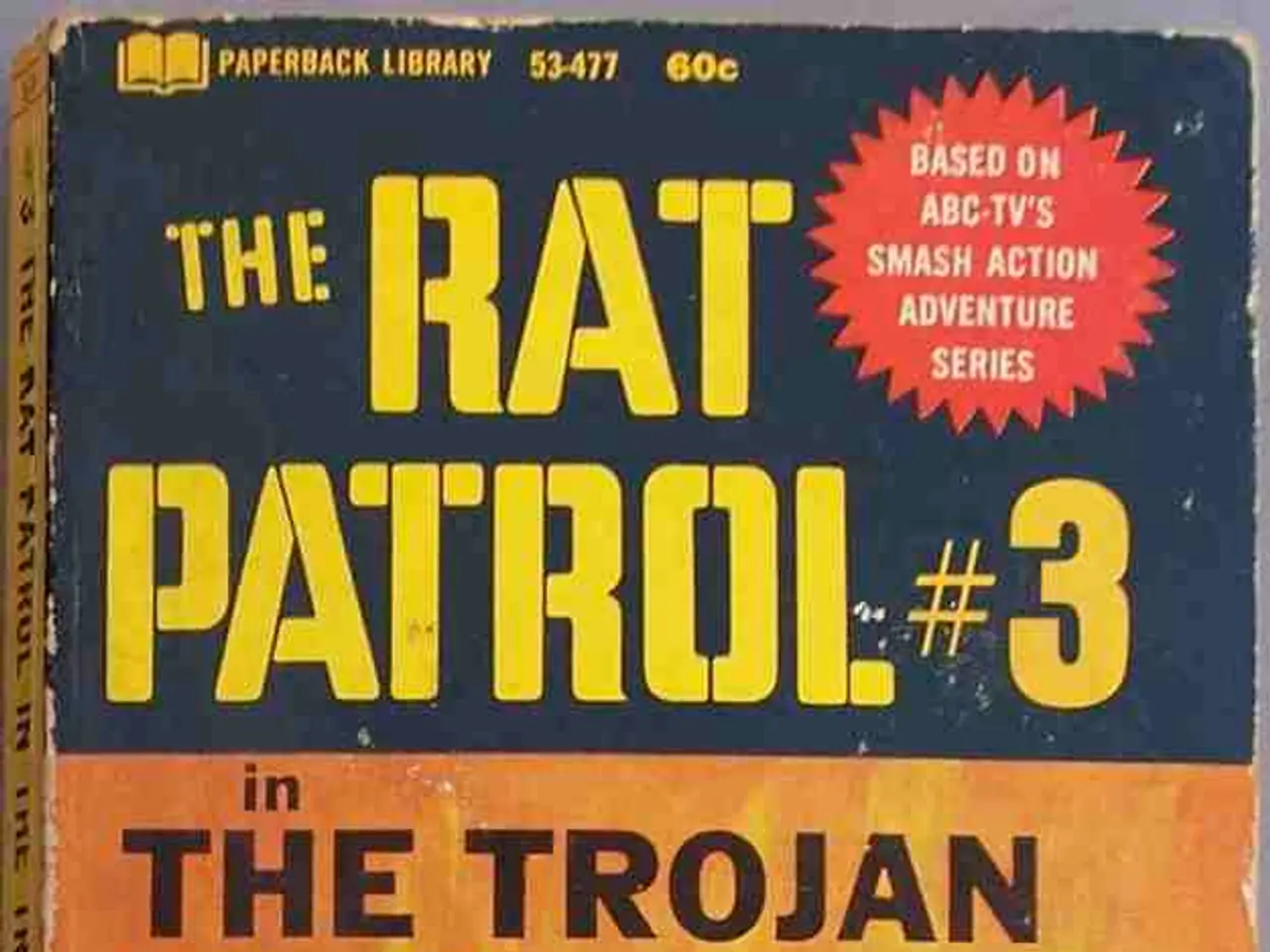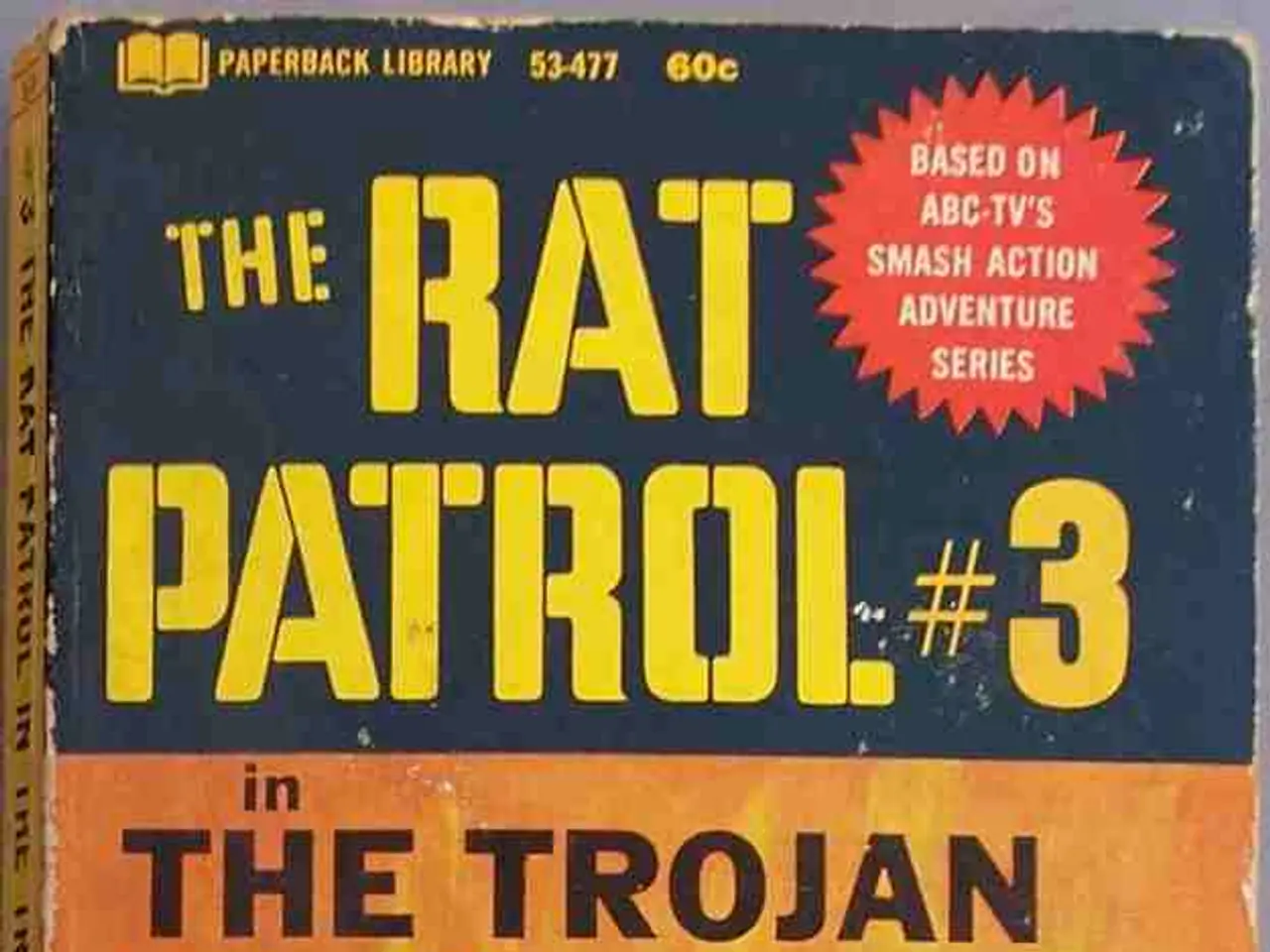Contemporary world observes the 80-year anniversary of the U.S. detonating an atomic bomb on Japan; meanwhile, major nations persistently exchange nuclear threats
In the contemporary world, nuclear weapons remain a present-day threat, according to experts and survivors. As we commemorate the 80th anniversary of the first use of a nuclear weapon on Hiroshima, it is crucial to examine the nuclear arsenals and modernization programs of the nine recognized nuclear powers.
United States
The United States is undergoing a large-scale modernization program, with planned spending reaching approximately $87 billion for fiscal year 2026, a 26% increase over the previous administration’s budget. Key modernization projects include the Sentinel ICBM program to replace Minuteman III missiles, B-21 stealth bomber development, and Columbia-class ballistic missile submarines. The Sentinel ICBM program has faced delays and cost overruns, but recent developmental milestones such as rocket motor testing were achieved. The U.S. nuclear modernization is projected to cost over $1.3 trillion overall.
Russia
While exact current data was not available, Russia traditionally maintains the largest or second-largest stockpile. Modernization focuses on new strategic systems such as the Sarmat ICBM and new missile submarines, as publicly known from defense analysis outside the search scope.
China
China is rapidly expanding and modernizing its nuclear forces, with projections of about 1,500 warheads by 2035 and ongoing development of new ICBMs, submarines, and aircraft delivery systems. China's expansion aims at achieving effective strategic parity regionally and globally, though China has not publicly clarified its ultimate target or strategy. Noteworthy is a resumption of ICBM flight tests after decades and improvements in missile technology such as the DF-5B ICBM.
France and United Kingdom
Both France and the United Kingdom have smaller arsenals compared to the U.S. and Russia but are actively modernizing nuclear delivery platforms. France is investing in new submarines and upgrading its air-delivered weapons, while the UK is continuing its submarine-based deterrent with the Dreadnought-class replacing the Vanguard class; modernization programs focus on life extension and upgrade of warheads and delivery systems.
India and Pakistan
India is steadily modernizing with continued development of land, air, and sea-based nuclear forces, including ballistic missiles and nuclear submarines, aiming for credible minimum deterrence. Pakistan is also expanding its arsenal and delivery systems to maintain strategic balance against India, investing in ballistic missile capabilities and possible tactical nuclear weapons. Exact current warhead counts are estimated broadly due to limited transparency but are in the low hundreds for both.
North Korea
North Korea continues to develop nuclear weapons and missile delivery systems despite international sanctions, with improved ICBM capabilities tested in recent years. Estimates of its arsenal remain uncertain, but the country is actively pursuing a diverse missile force capable of delivering nuclear payloads regionally and potentially globally.
Israel
Israel maintains a policy of ambiguity but is widely assessed as possessing a nuclear arsenal estimated between 80 to 90 warheads. Modernization includes delivery systems such as ballistic missiles, submarine-launch capabilities, and advanced aircraft.
In summary, the major nuclear powers are engaged in extensive modernization efforts, with the U.S., Russia, and China leading in scale and modernization complexity, while others focus on maintaining credible deterrents with ongoing upgrades. The U.S. and China, in particular, show increased investment and expansion in capabilities as of 2025. This nuclear arms race underscores the importance of diplomatic efforts to reduce nuclear tensions and prevent the unthinkable.
- Asia, being home to nuclear-armed nations like India, Pakistan, and North Korea, faces an ongoing nuclear arms race that emphasizes the need for diplomatic efforts to reduce tensions and prevent a catastrophic conflict.
- World politics and general news continue to be dominated by war-and-conflicts, crime-and-justice, and nuclear matters, particularly as the United States, Russia, and China reignite the race for nuclear modernization.
- With the first use of a nuclear weapon in Asia serving as a grim reminder, it is crucial for Asia, along with the world, to scrutinize the nuclear arsenals and modernization programs of nuclear powers, especially those that are seeking strategic parity regionally and globally, such as China.





